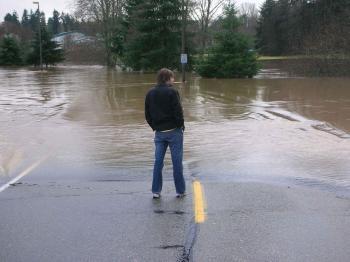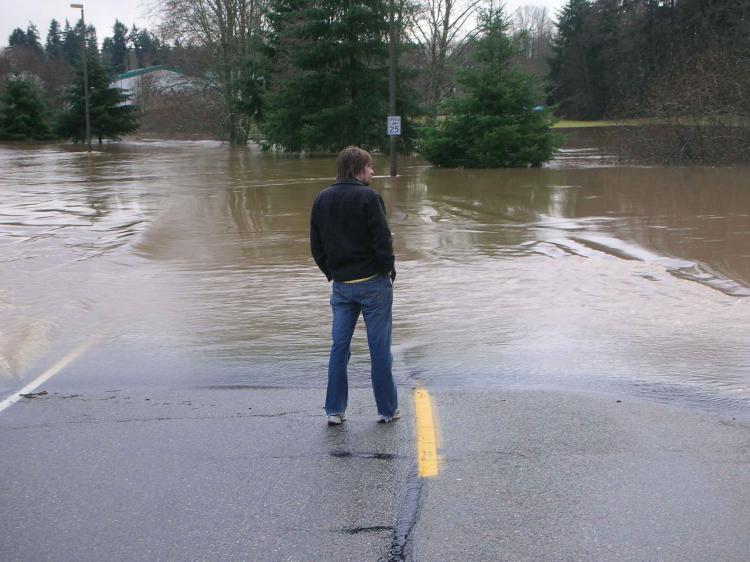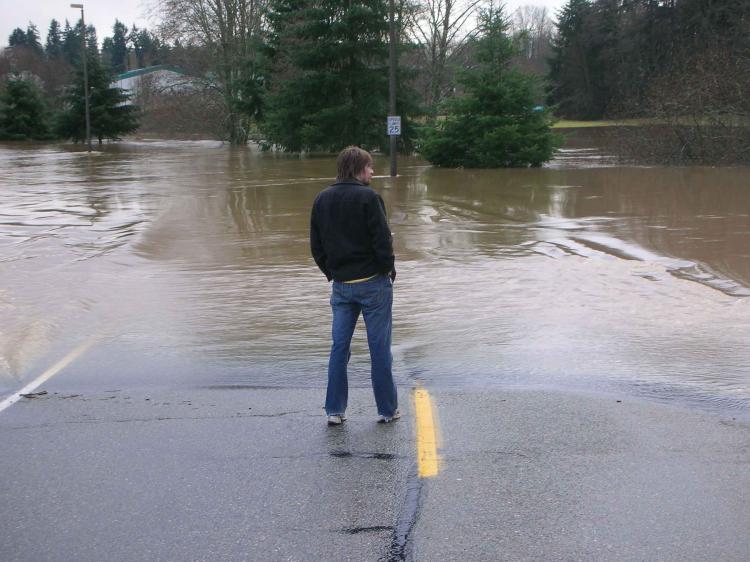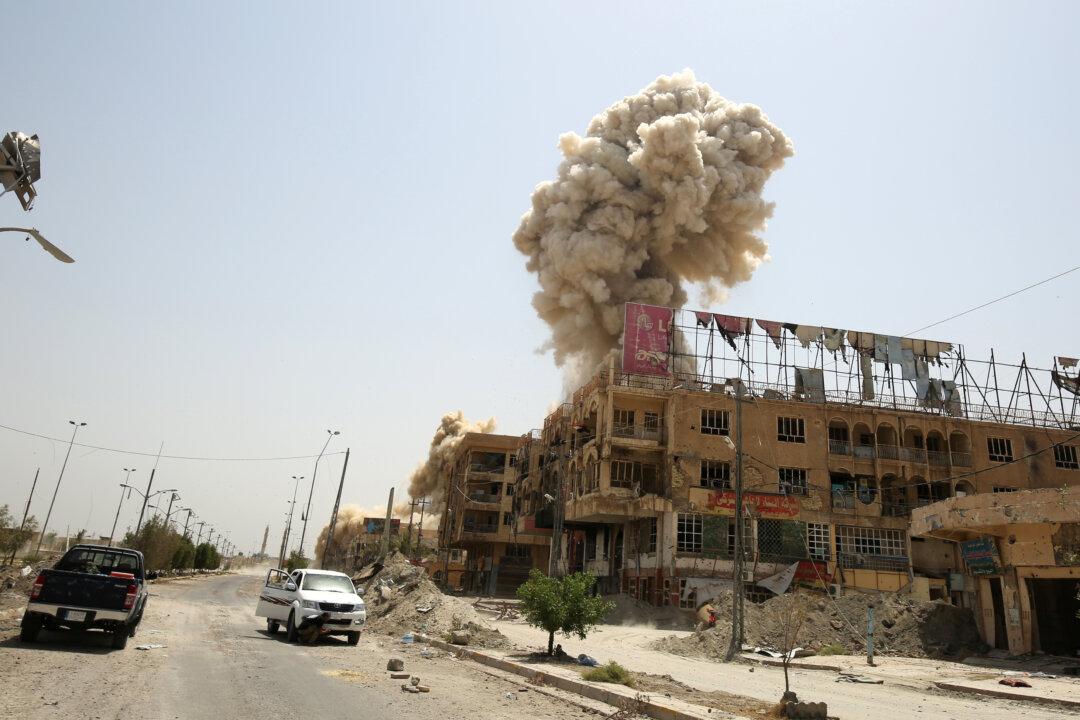“It’s kind of the perfect scenario in terms of a disaster,” said David Fenton, Senior Development director for the southwest Washington chapter of the Red Cross. The region has been hit particularly hard.
Fenton says heavy flooding last year may pale in comparison when all is said and done. “From the looks of it this will probably surpass it [last year’s flooding] in terms of property damage and the number of people who were flooded out from their homes.”
Working in cooperation with other emergency response organizations, the Red Cross housed approximately 260 people statewide in 24 shelters on the night of Jan. 7.
Aside from meeting the basic needs of food and shelter for evacuated victims, there’s the emotional impact from such a disaster.
“There’s also the concept of starting to deal with emotional trauma—especially with the elderly people,” says Fenton. “A lot of people have had to evacuate a home that has been in their family for generations, and they’ve literally lost everything and that’s very traumatic for them.”
State and Federal Response
State of Washington emergency services, already on alert from a Dec. 24 emergency declaration due to extremely heavy snow, have responded quickly.
Although similar flooding happened in 2006 and once in 2007, this year’s flooding is notable because of its statewide impact.
“No one here has seen an emergency situation that is this broad in scope in impact in their memory,” said Linda Crerar, a Public Information Officer with the State Emergency Management Division of the Washington Military Department.
The devastation has been statewide, but according to Crerar, so has the response, bringing together FEMA, the National Guard, the Army Corps of Engineers, the state highway patrol, the governor’s office, and other state agencies. Business owners and representatives from business organizations are also participating in response efforts.
The state Emergency Operations Center at Camp Murray in western Washington has been activated for a coordinated response to the statewide flooding and significant landslide, mudslide and avalanche hazards.
Four rivers in the state were at record flood levels, and twenty rivers were above flood level as of Jan. 8. Dozens of highways have been closed due to avalanches, water over roadways, mudslides, and accidents.
Most of the road closures are in the western part of the state, on the ocean side of the Cascade mountain range. Residents living to the east side of the mountains have also been impacted by heavy snowfall. Voluntary evacuations were in effect for several cities and hundreds of families have been evacuated.
State government officials visited shelters yesterday in flooded areas in Southwest Washington and met with local officials there.
Transportation Disruptions
A southern portion of interstate highway (I-5) that runs north-south through the U.S. from the Canadian to the Mexican border was closed due to the flooding. A major portion of another interstate (I-90) that runs from east-west and through a mountain pass connecting the eastern and western parts of the state was also closed. No alternate routes or detours were available for either closure. All mountain passes between eastern and western Washington were closed as of Thursday night.
According to the Washington State Department of Transportation, about 40,000 drivers cross Washington’s Cascade Mountains daily, most of them on I-90. Approximately 7,000 trucks cross all the mountain passes daily. The area of I-5 that was closed sees close to 55,000 drivers daily, including 10,000 trucks.
Road closures are having a heavy impact on the transportation of goods that travel by truck.
Three Amtrak train in the state were also disrupted and will not resume regular service until Saturday, Jan. 10. The disruptions include the Empire Builder, Amtrak Cascades, and Coast Starlight lines.
1,200 Washington State Department of Transportation crew personnel, National Guard members and Washington State Patrol troopers have been working to keep drivers safe and reopen nearly 60 sections of roadway.
According to the Red Cross, floods are the number one weather-related killer, and eighty percent of flood-related deaths happen in vehicles. Most cases occur when drivers try to navigate through flood waters.
Most rivers were expected to crest by Jan. 9, and forecasts are predicting that the rainfall will subside. But as of Jan. 8, many rivers were still rising.
Along the area of the worst Interstate highway flooding, in southwestern Washington, state transportation crews reported that water on the highway was rising at close to one foot per hour.
Additional reporting by Reid Schram.





